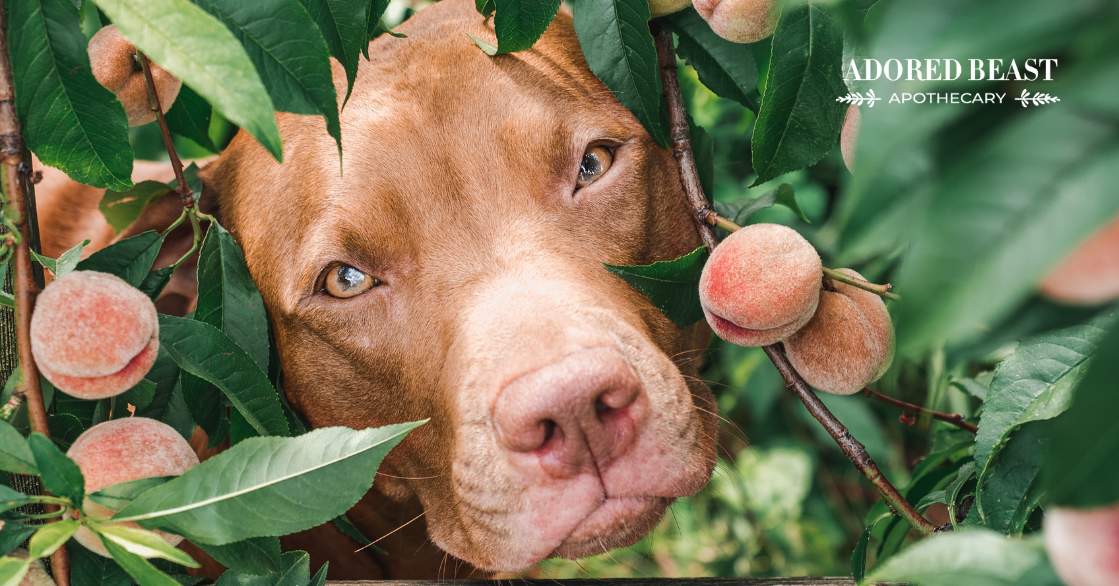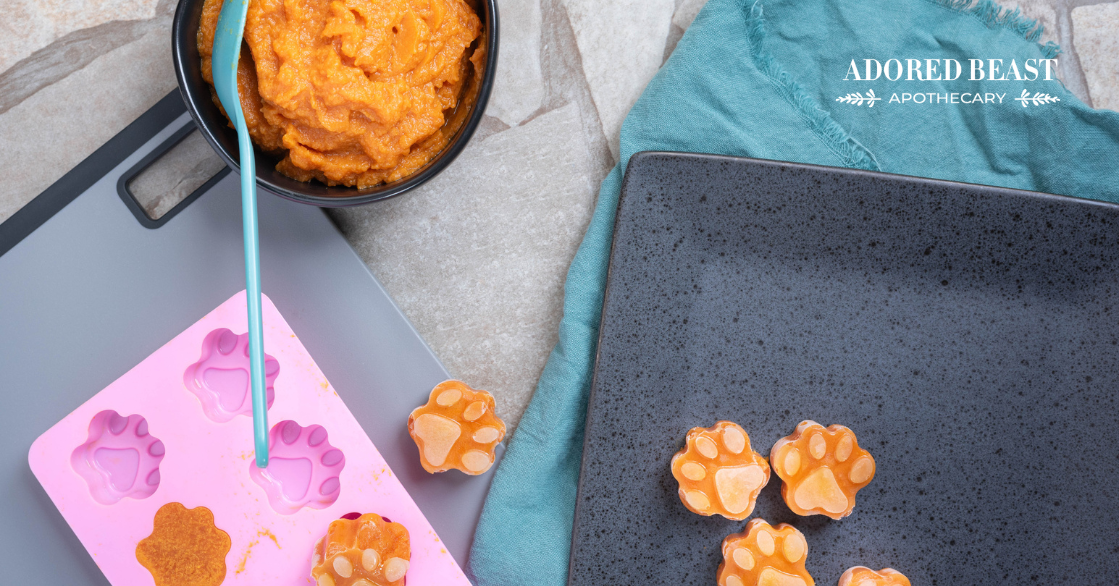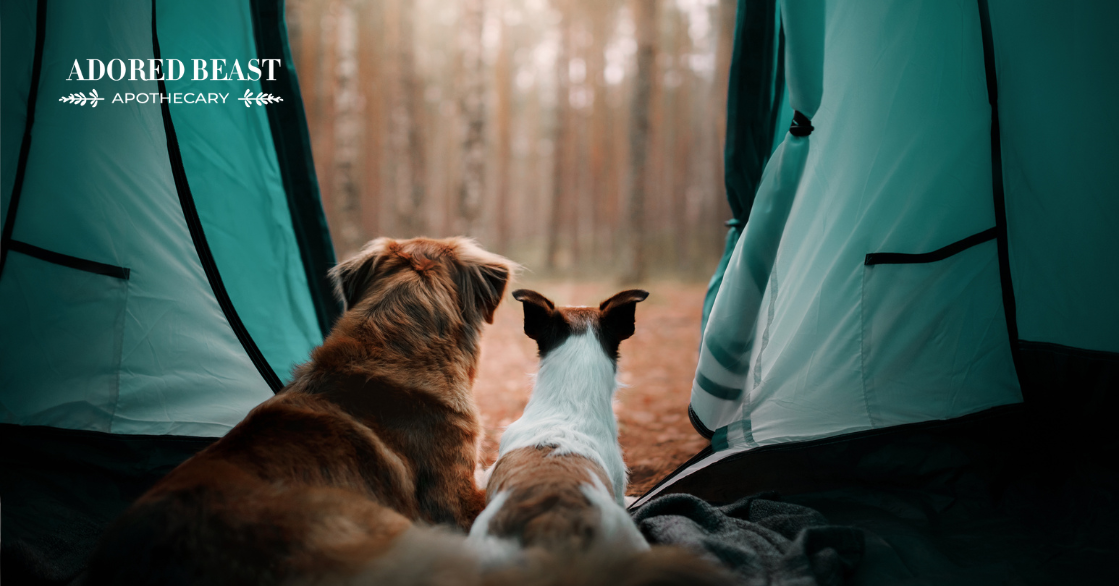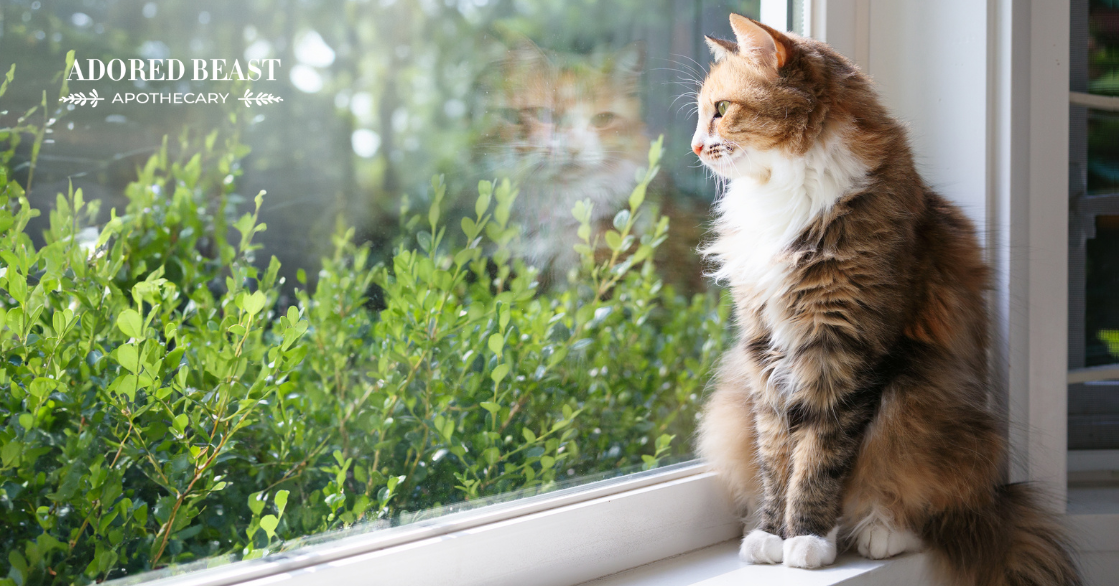I hear the term bioavailability used a lot these days. We use it ourselves at Adored Beast when we talk about our supplements, particularly when it comes to Phyto Synergy. But what does it mean? I have spoken to a lot of pet parents who are not exactly sure. They know it’s important, but not what’s important about it – and why it matters so much when it comes to choosing supplements.
The thing is, your pet’s nutritional health isn’t just a great diet, chew, swallow, absorb and poop, but also involves digestion, food combining, how food turns into fuel for healing, and sooo much in between!
Your animal’s body works like a finely tuned machine. It’s in a constant synergistic flow with all the intrinsic and finite systems it encompasses. And having even just a basic understanding of this is key in ensuring your pet is getting the most from what they eat. Let’s look at three ways food comes into play in these systems: bioavailability, bioaccessibility, and bioactivity.
What is Bioavailability?
Nutritional bioavailability is part of the overall process that includes gastrointestinal (GI) digestion, absorption, metabolism, tissue distribution, and bioactivity. It refers to the rate at which something is absorbed by the body.
One of the ways to measure it is by how well the nutrient in question is stored or available with respect to its ability to support your pet’s physiology.
As food moves through the digestive system, like the mouth and GI tract, many things can happen to alter bioavailability. What I find super cool about this is that when certain foods come together, not only can they complement each other, but they can also boost their individual health benefits by supporting the bioactivity of each ingredient to reach its target area in the body.
A perfect and well-known example of this is Golden Paste, where the combination of turmeric, pepper, and coconut oil allow all the ingredients to become more bioavailable, hence more active.
Here are some other examples.
1. Healthy fats – Healthy fats like hemp seeds, whole eggs, fatty fish, whole raw milk or cheese and small amounts of avocados support the bioavailability of certain vitamins:
- Vitamin A: in carrots, pumpkin, winter squash, dark green leafy vegetables and apricots, all rich in betacarotene
- Vitamin D: in raw milk and other fermented dairy products, oily fish like herring, salmon and sardines, or cod liver oil
- Vitamin E: in fruits and vegetables, oats, almonds, hazelnuts, sunflower seeds
- Vitamin K: in green leafy vegetables, turnip greens, spinach, cauliflower, cabbage and broccoli, hemp oil, olive oil, meat in general but especially liver.
Therefore, adding a whole egg to your dog’s diet helps with the bioavailability of vitamin A from all of the dark leafy greens, or vitamin E in the fruit, or vitamin K from liver… and so on.
2. Sulforaphanes and selenium – These are both great antioxidants on their own but become a powerhouse when taken together. Veggies like bok choy, kale, and broccoli sprouts are high in sulforaphanes and foods like chicken, fish, and nuts bring selenium. Put these together and you get a combo powerhouse
3. Vitamin D and Calcium – foods like eggs, eaten together with collard greens or green leafy veggies and a few non-sweetened dried figs, can boost calcium’s power to boost bone health.
So certain foods work together to up the bioavailability, allowing the body to better use and access their nutrients! And the list goes on and on.
What About Bioaccessibility and Bioactivity?
Bioaccessibility is really part of bioavailability. It refers to the processes that take place during digestion to transform the food into absorbable substances.Before anything can be bioavailable, loads of the body’s intelligent processes need to happen. For example, the food matrix (how the physical and chemical properties of whole foods affect how our bodies break down and use the nutrients locked up inside them) of must release before it gets modified by the GI system.
Bioactivity means the specific effect of bioactive food components on the nutrient material to modulate metabolic processes. Tissue uptake is an example of this. Bioactivity creates antioxidant or anti-inflammatory effects.
The most researched bioactive components are plants, whole grains, fruits and vegetables. The good news for our pets is that, with the surge of gut health research, we’re finding that conjugated linolenic acid, long chain omega-3 fatty acids, probiotics, and bioactive peptides are more predominant in raw and fermented milk, certain strains of algae, and cold water fish. Yippee! More support for our species-appropriate diets!
Here are some examples of the bioactivity in foods. It’s terminology you may be familiar with, but you may not know that it’s part of the bioactivity of food:
- Broccoli, cauliflower, garlic and Brussels sprouts activate the detoxification system. They’re antimicrobial, they are immunomodulators and can have anticancer properties. Their bioactive components are glucosinolates, diallyl sulfides, and isothiocyanates.
- Nuts and seeds are antioxidant and immunomodulating, Their bioactive compounds are tocopherols and tocotrienols.
- Fresh fruit and vegetables are antioxidant, lipid lowering, anti-osteoporotic and can have anticancer properties. Their bioactive compounds are isoflavonoids and polyphenols.
- Walnuts, fish, microalgae and fresh fruit with the skin are anti-inflammatory and lipid lowering. They contain linolenic acid and omega-3 fatty acids.
- Green leafy vegetables help reduce age related macular degeneration (retinal degeneration). Lutein is the component that creates this effect.
- Squash, green leafy veggies, papaya are anti-inflammatory, immunomodulating, due to their carotenoid content.
- Raw milk and fermented milk products are immune enhancing, anti-proliferative, antimicrobial, immunomodulating, gut health modulators and can have anticancer properties. Their bioactive components are peptides, Lactoferrin, glycomacropeptide and probiotics.
So looking at bioavailability, you can see that it’s a massive interconnected map that organizes so many components to get nutrients where they need to go, so they can support your dog’s optimal health.
From Mouth to Bum – Putting it All Together
Now, let’s see how we can look at this from a less compartmentalized way, taking a more holistic view. That way you can be sure you’re giving your dog the best chance to absorb and use that amazing diet you’re providing them.
At my vet clinic I used to hold information nights for my clients. One of them was called Mouth to Bum: an overall look at supporting your animal’s health with digestion and absorption.
This is a Cole’s notes version laying out some key considerations. Consider your dog’s entire body and how all the systems tie together.
1. Diet – combine those foods that up bioavailability and pay attention to bioactivity. And don’t forget to focus on species oriented, rotation, and love.
2. Teeth – be super observant that your dog is chewing his food correctly and without pain. Have dental and mouth exams and then get the appropriate advice on probiotic brushing, hand scaling, and supplements for gum health. For dental health, raw bones, specifically chicken or turkey necks, are my favourite!
3. Throat – don’t use training gear that impacts the trachea or any part of the throat negatively. This means avoiding pinch collars, choke chains and shock collars.
4. Esophagus – now and then give humectant herbs like slippery elm. Be sure you feed collagen, either in food, non denatured or by using homeopathic remedies to support and strengthen the sphincter.
5. Stomach – feed a species-appropriate diet along with digestive enzymes formulated with fruit and animal enzymes; rotation of herbs like slippery elm, marshmallow root and deglycyrrhizinated licorice (DGL).
6. Small and large intestine – give species-specific pre and probiotics.
7. Liver, pancreas, gallbladder and kidney – rotate supportive herbs like dandelion, berberis, chelidonium and milk thistle. Stay away from toxins like conventional pest control, over-vaccination and drugs like non-steroidal anti-inflammatories or antibiotics.
8. Spleen – feed ground pumpkin or sunflower seeds, pulverized vegetables, organic meats, the odd date (about half a date once every two weeks), a small amount of sweet potatoes, organic ginger (less then 1/4 tsp of fresh ginger once per week for an average size dog).
9. Rectum, anus, and anal glands – feed soft raw bones like chicken necks to massage and move feces and naturally expel anal glands.
10. Exercise and love to regulate motility – stress is a huge precursor to poor digestion. Filling your dog’s and your life with walks and love can improve digestion and combat many health disorders!
The bioavailability of foods and nutrients is an extremely important part of your dog’s health and longevity, but you need to incorporate other aspects of digestive health to help it work its magic!












